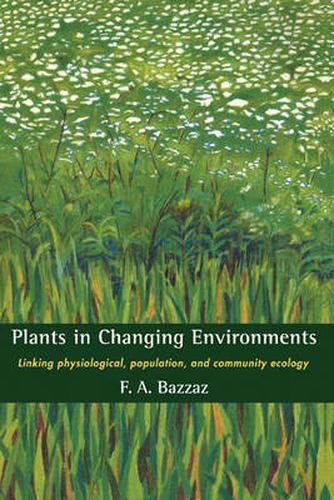Readings Newsletter
Become a Readings Member to make your shopping experience even easier.
Sign in or sign up for free!
You’re not far away from qualifying for FREE standard shipping within Australia
You’ve qualified for FREE standard shipping within Australia
The cart is loading…






Forces of nature and human intervention lead to innumerable local, regional and sometimes global changes in plant community patterns. Irrespective of the causes and the intensity of change, ecosystems are often naturally able to recover most of their attributes through natural succession. In this thoughtful and provocative new book, Fakhri Bazzaz integrates and synthesises information on how disturbance changes the environment, how species function, coexist, and share or compete for resources in populations and communities, and how species replace each other over successional time. Furthermore, the book shows how a diverse array of plant species have been used to examine fundamental questions in plant ecology by integrating physiological, population and community ecology. Graduate students and research workers in plant ecology, global change, conservation and restoration will find the perspective and analysis offered by this book an exciting contribution to the development of our understanding of plant successional change.
$9.00 standard shipping within Australia
FREE standard shipping within Australia for orders over $100.00
Express & International shipping calculated at checkout
Forces of nature and human intervention lead to innumerable local, regional and sometimes global changes in plant community patterns. Irrespective of the causes and the intensity of change, ecosystems are often naturally able to recover most of their attributes through natural succession. In this thoughtful and provocative new book, Fakhri Bazzaz integrates and synthesises information on how disturbance changes the environment, how species function, coexist, and share or compete for resources in populations and communities, and how species replace each other over successional time. Furthermore, the book shows how a diverse array of plant species have been used to examine fundamental questions in plant ecology by integrating physiological, population and community ecology. Graduate students and research workers in plant ecology, global change, conservation and restoration will find the perspective and analysis offered by this book an exciting contribution to the development of our understanding of plant successional change.